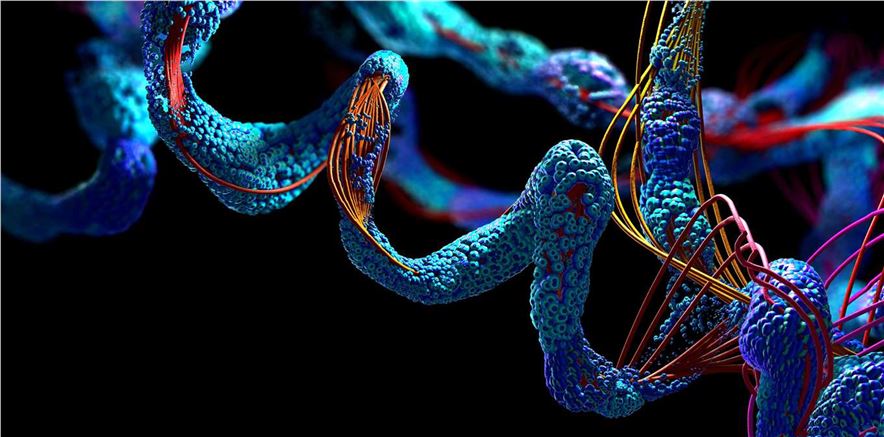Peptide library is a powerful screening tool. It can screen a small number of peptides with key biological activities from a large number of peptides. At present, peptide libraries have a wide range of applications in proteomics and related fields, such as drug discovery, protein-protein interaction, epitope screening, GPCR ligand screening, protein function analysis, enzyme substrate or inhibitor screening, messenger molecule development, and peptide/protein signaling dialogue. Based on our extensive practical experience, Creative Biolabs can provide comprehensive phage display library construction services, including but not limited to scaffold library, peptide library, immune antibody library, and cDNA library construction.

Peptide library is a collection of a large number of small peptides of specific length and different sequences, which include the arrangement and combination of various (or most) amino acid sequences in the short peptide of this length. Although the sequence of some peptides is different from the natural epitope of the antigen, they bind antibodies or ligands in the same way. Therefore, such peptides with key amino acid residues are called mimotopes. The concept of mimetic epitopes has played an important role in the development of peptide libraries. Currently, peptide libraries have rapidly become valuable tools for a variety of research applications, including protein binding studies, cancer immunotherapy, and proteomics. By simultaneously screening hundreds of peptide combinations to identify important bioactive peptides, choosing the right peptide library design can guarantee the smooth progress of your research.
Peptide libraries are classified in different ways. According to the combination of peptides, they can be divided into overlapping peptide libraries, random peptide libraries, truncated peptide libraries, and other types. In addition, it can be divided into overlapped peptide libraries, truncation peptide libraries, alanine peptide scanning libraries, random peptide libraries, scrambled peptide libraries, and positional scanning peptide libraries.
Overlapped peptide libraries are mainly used for whole protein scanning. Head-to-tail peptide libraries are commonly used for screening linear or continuous epitopes. The design of such peptide libraries is mainly determined by two key parameters—peptide length and offset number. After the protein is designed to start from the N terminus and gradually cut to the C terminus, it is likely that there will be a lone peptide left in the end. We generally recommend transferring one or several amino acids to the N terminus to maintain the same length. The truncation peptide library was used to determine the minimum range of epitopes. The truncated peptide matrix is generally established by systematically removing the amino acids on both sides of the original polypeptide sequence. The head peptide matrix was used to identify the minimal amino acid sequence associated with the activity.
The truncation peptide library was used to determine the minimum range of epitopes. The truncated peptide library is generally established by systematically removing the amino acids on both sides of the original polypeptide sequence. The head peptide library was used to identify the minimal amino acid sequence associated with the activity.
Alanine peptide scanning library was used to identify the effects of each peptide site on biological activities. Ala was systematically and sequentially substituted for each amino acid in the polypeptide sequence. Peptide libraries are screened with Ala to identify the effects of a particular amino acid on the structure, function, and other biological activities of the whole protein.
Creative Biolabs has a wealth of knowledge and experience in phage display library construction. We would be happy to discuss with you our knowledge and experience in peptide library.
All listed services and products are For Research Use Only. Do Not use in any diagnostic or therapeutic applications.